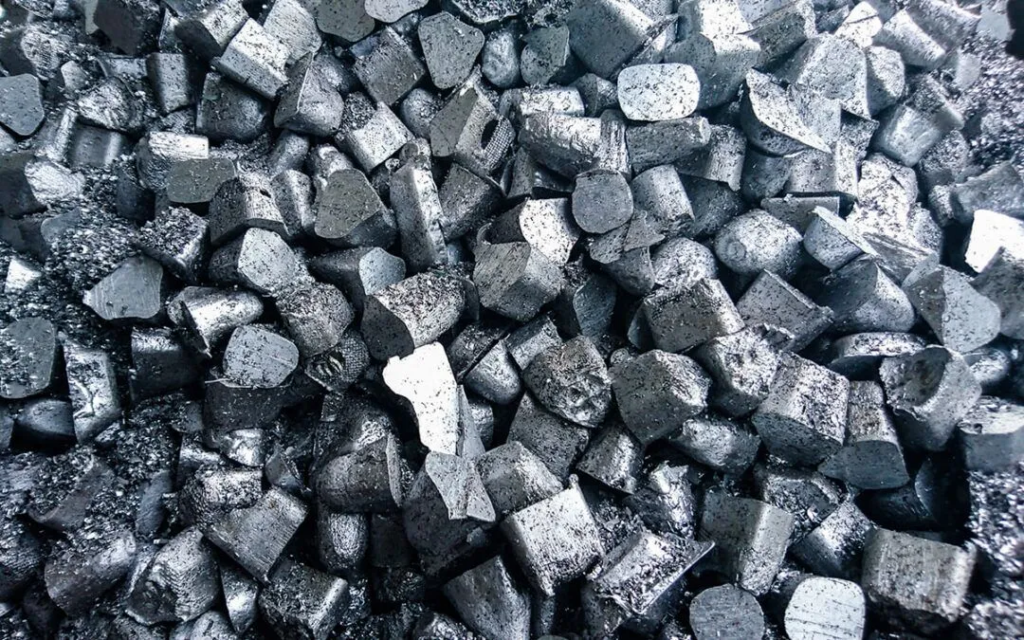
The global aluminium market is shifting once again, with the United States introducing new tariffs aimed at certain aluminium imports. While the focus of these tariffs is primarily on countries like China and Russia, the ripple effects are bound to reach far beyond North America. Australian businesses connected to aluminium production, supply, fabrication, and construction now face a changing landscape that could impact pricing, demand, and competition.
For companies relying on aluminium sheets, extrusions, and fabrication services, understanding what these tariffs mean is crucial. Whether you’re sourcing aluminium locally or importing, the decisions made in Washington could soon affect your bottom line here in Australia.
What’s Behind the US Aluminium Tariffs?
The US has justified its new aluminium tariffs on the grounds of protecting national security and supporting its domestic aluminium industry. There are also concerns about unfair trading practices, with some countries accused of dumping cheap aluminium into global markets at below-market rates.
As a result, the US has slapped additional tariffs on aluminium imports from certain nations. This move is designed to make imported aluminium more expensive, giving American producers a better chance to compete domestically.
While Australia isn’t directly targeted by these tariffs, the global nature of the aluminium trade means our industry is unlikely to escape the flow-on effects. It’s not just about who pays the tariffs—it’s about how the global supply chain adjusts in response.

How Could the Tariffs Affect Aluminium Prices?
One of the first and most obvious impacts of the US tariffs is likely to be price volatility. Aluminium is a globally traded commodity, and any significant disruption to supply or demand can send prices swinging.
With the US market partially closed to certain exporters, countries like China and Russia will be looking for new buyers. This could result in excess aluminium being sold into other regions, including Australia, at discounted prices. If this happens, we could see downward pressure on aluminium prices locally—at least in the short term.
However, price movements are rarely that simple. The knock-on effects could include supply chain bottlenecks, competition for certain grades of aluminium, and long-term market uncertainty. Prices might drop initially, only to rebound sharply if supply dries up or demand increases unexpectedly.
Local Aluminium Manufacturers Face New Pressures
For Australian aluminium manufacturers and fabricators, these market changes could create a fresh set of challenges. Locally produced aluminium, known for meeting high Australian standards, often carries a higher price tag than some offshore alternatives. If cheaper aluminium starts entering the market due to redirected supply from tariff-hit countries, local businesses could find themselves squeezed.
Fabricators, especially those specialising in custom aluminium extrusions and components, might see clients asking more questions about pricing. Competing with lower-cost imports is never easy, particularly when customers focus more on upfront costs than long-term quality or performance.
That said, Australian manufacturers also have opportunities to remind clients of the value of local production—faster turnaround times, consistent quality, and compliance with building and safety regulations. In industries like construction and marine, where quality is non-negotiable, local aluminium products still have the upper hand.
Will There Be an Increase in Aluminium Imports to Australia?
One potential outcome of the US tariff decision is that more aluminium could find its way to markets like Australia. As major producers seek to offload surplus stock, we may see a rise in aluminium imports, especially products like sheets, extrusions, and pre-fabricated components.
For some Australian industries, this could be good news. Construction companies, automotive manufacturers, and packaging businesses might benefit from cheaper aluminium. This could reduce project costs and improve margins—at least while prices remain low.
However, this also raises questions about quality control, consistency, and supply chain reliability. Not all aluminium is created equal, and some imports may not meet the standards Australian businesses rely on. Cutting costs on materials can quickly backfire if product quality suffers or replacements are needed down the track.

What About Australia’s Aluminium Exports?
Australia is a major player in the global aluminium industry, particularly in bauxite mining and alumina refining. Much of what we produce is exported, with key markets including China, Japan, and South Korea.
The US tariffs could disrupt these export relationships in unexpected ways. If Chinese aluminium producers lose access to the US market, they might increase production of downstream products like extrusions and sheets, aiming to dominate other markets. This could reduce demand for Australian alumina or increase competition in markets where we’ve previously had strong footholds.
For Australia’s aluminium export industry, staying agile and exploring new markets may be necessary to navigate these changes. The landscape is shifting, and relying on traditional trading patterns could be risky in the months and years ahead.
Final Thoughts
The US aluminium tariffs are a reminder that global trade is complex, interconnected, and constantly changing. For local aluminium suppliers, fabricators, and end-users, the coming months will be crucial. There will be challenges, particularly around price competition and shifting demand.





